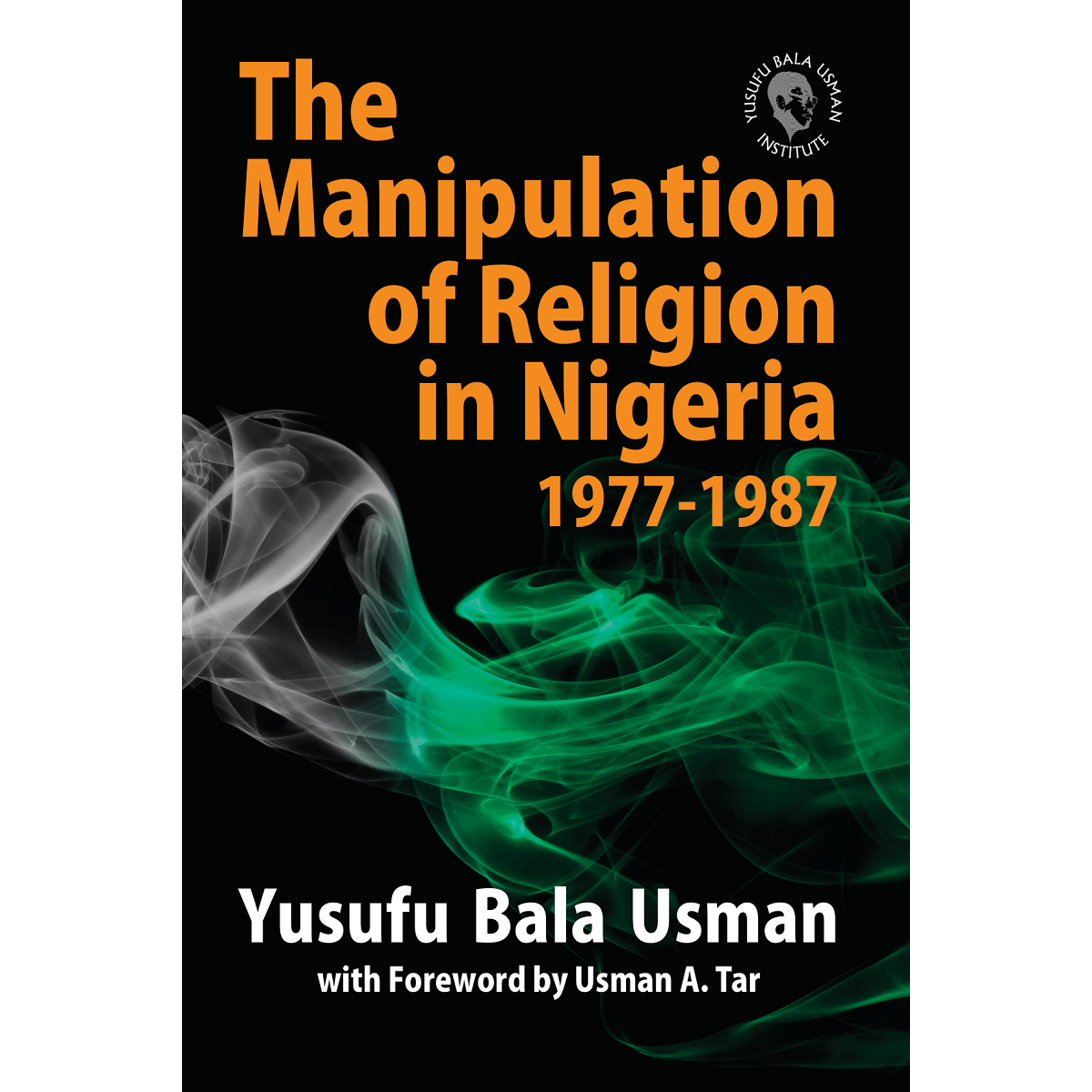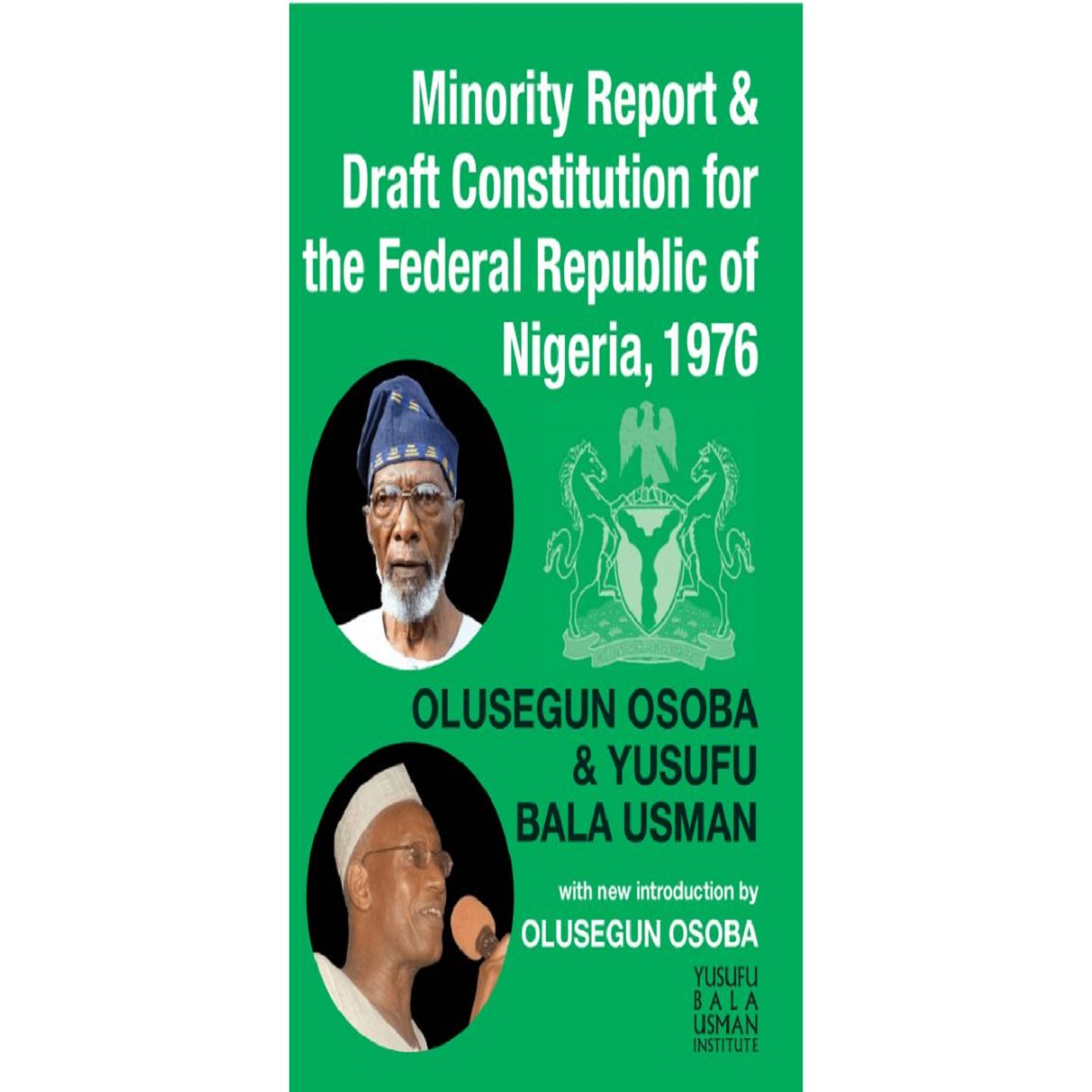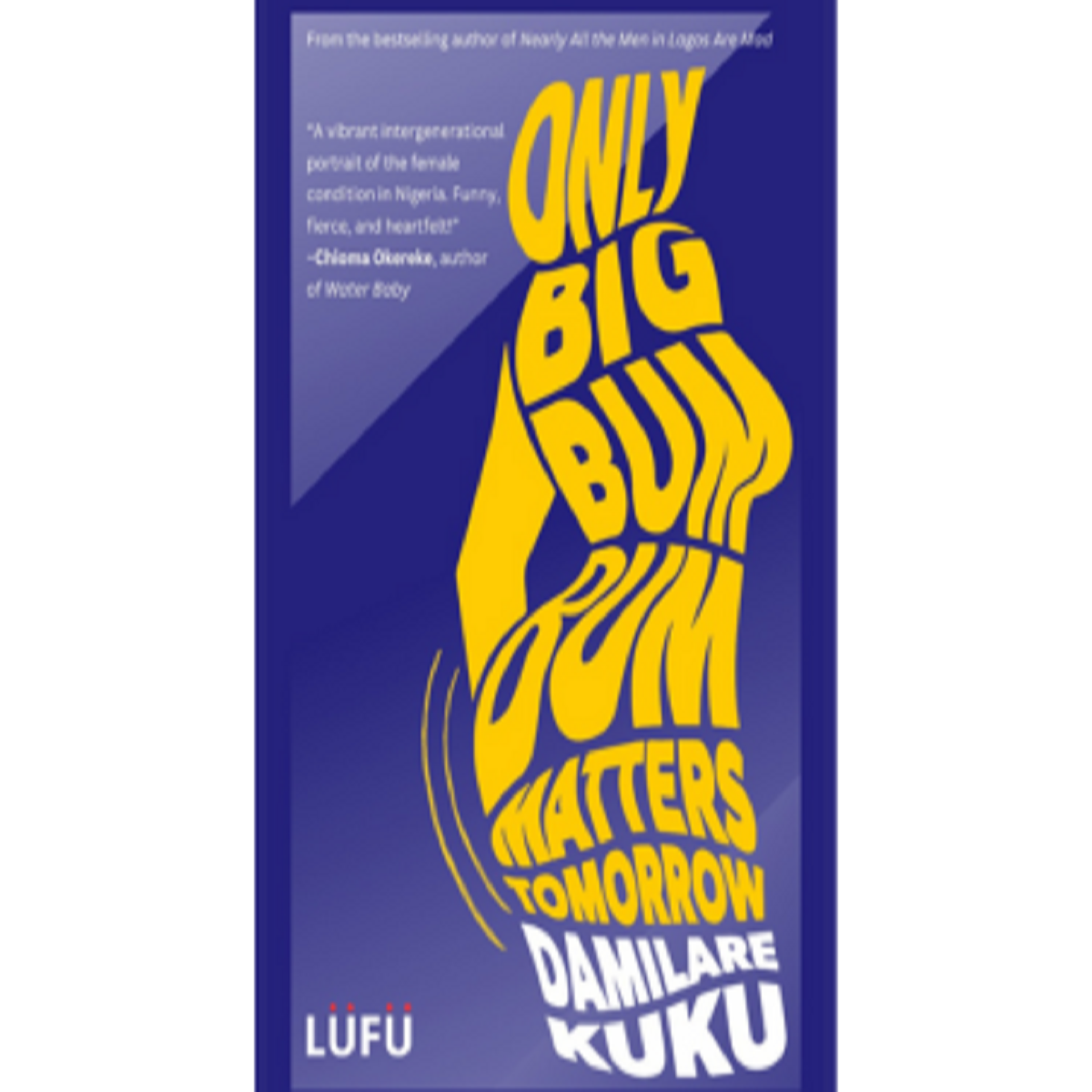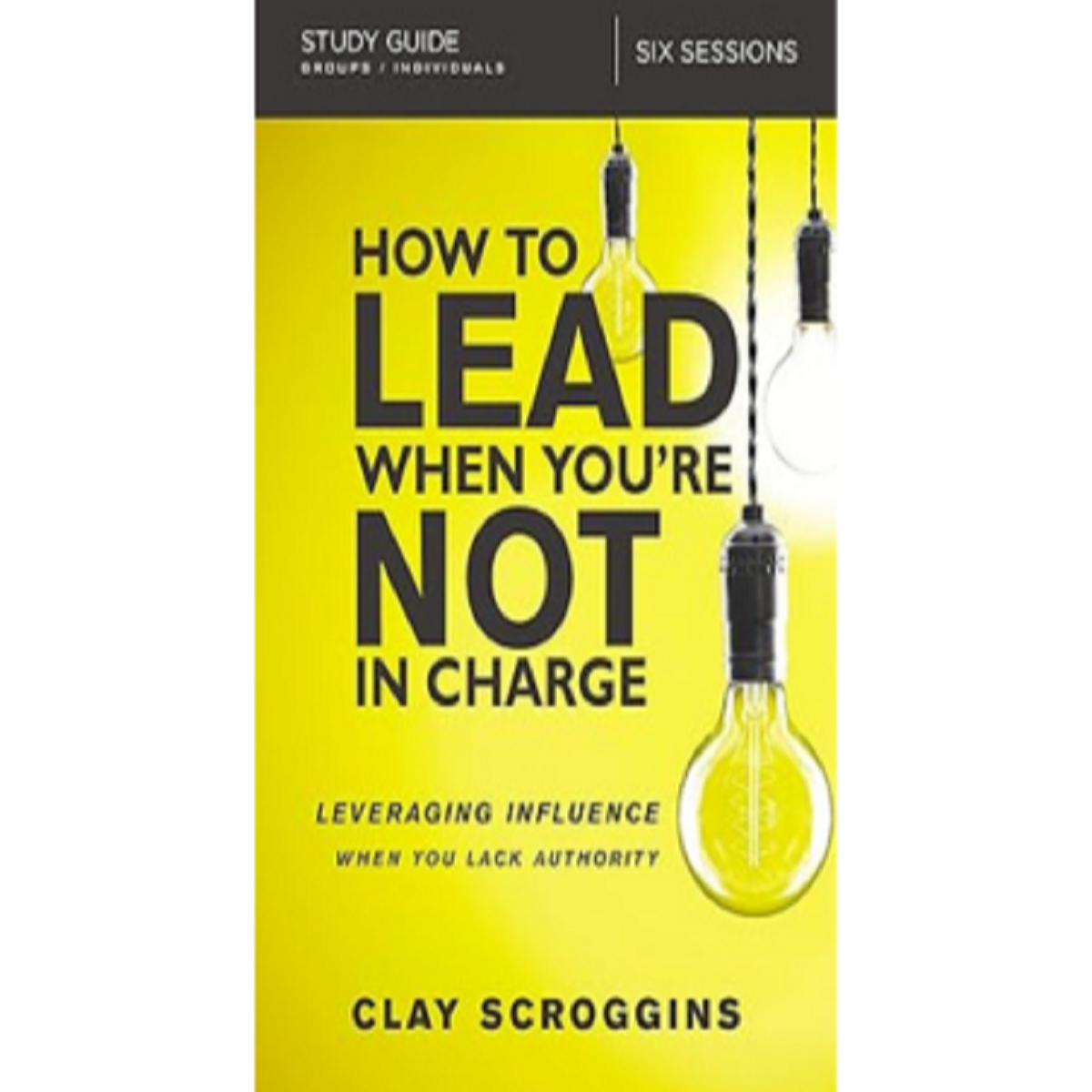-
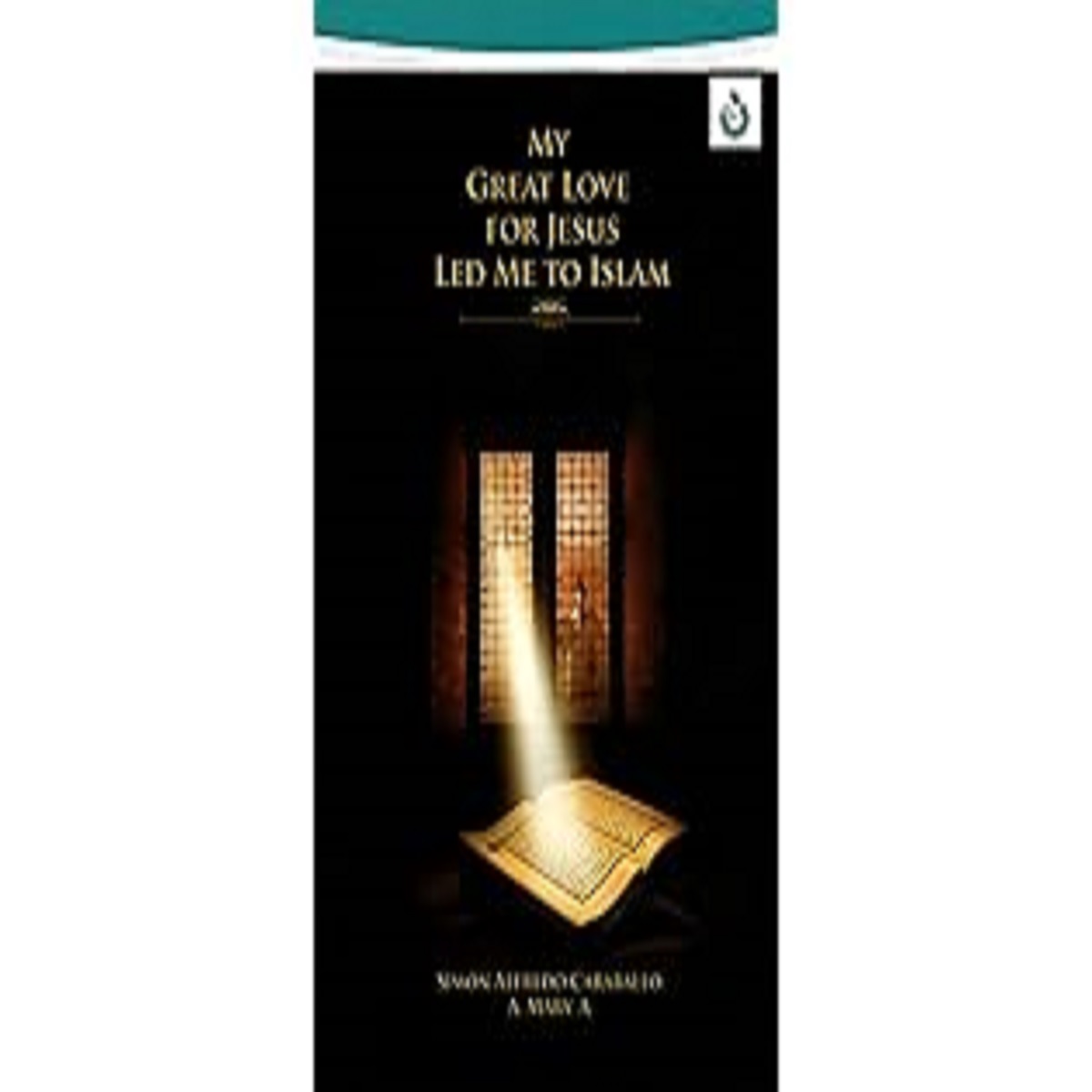
My Great Love for Jesus Led Me to Islam
₦7,000Description from the publisher: “I learned to love Jesus more than my own parents.” “That is Jesus, the son of Mary the word of truth about which they are in dispute” (Quran 19:34) Jesus has been mentioned by name 25 times in the Quran while Prophet Muhammad has been mentioned by name just five times. Additionally, the nineteenth chapter of the Quran was named after the Virgin “Mary” while there is no chapter in the Quran bearing the name of Prophet Muhammad’s mother, and any of his wives or daughters. It is also noteworthy that Mary is the only woman mentioned by name in the Quran. She is described in the most honorable way as one chosen and favored over all women.
-

The Fragile Vessels: Rights & Obligations Between Spouses in Islaam (The Muslim Family Series Book 3)
₦3,000Description from the publisher:
This is one of a 3-book series covering various aspects of marriage according to theauthentic Sunnah. Marriage plays a most central role in the human life, and hasbeen largely discussed by the scholars of Islaam through the ages, resulting innumerous writings and treatises. Some of those writings, mostly by contemporaryscholars, have been translated into English. However, we find them restricted inscope, addressing Muslims who live in predominantly Islaamic countries, or overlookingimportant real issues that have developed under modern civilization. This leaves quitea large gap that needs to be filled for the benefit of the Muslims in English-speakingcountries, and this is what we attempt to fulfill over the span of three books.”Covers the obligations of the two spouses, the wife’s rights, and the husband’s rights.Contains biographies of the Mothers of the Believers, paints a very realisticpicture from the life of the Prophet (pbuh) with his wives, and presents a completediscussion of the hadeeth of Ummar Zar’.
-
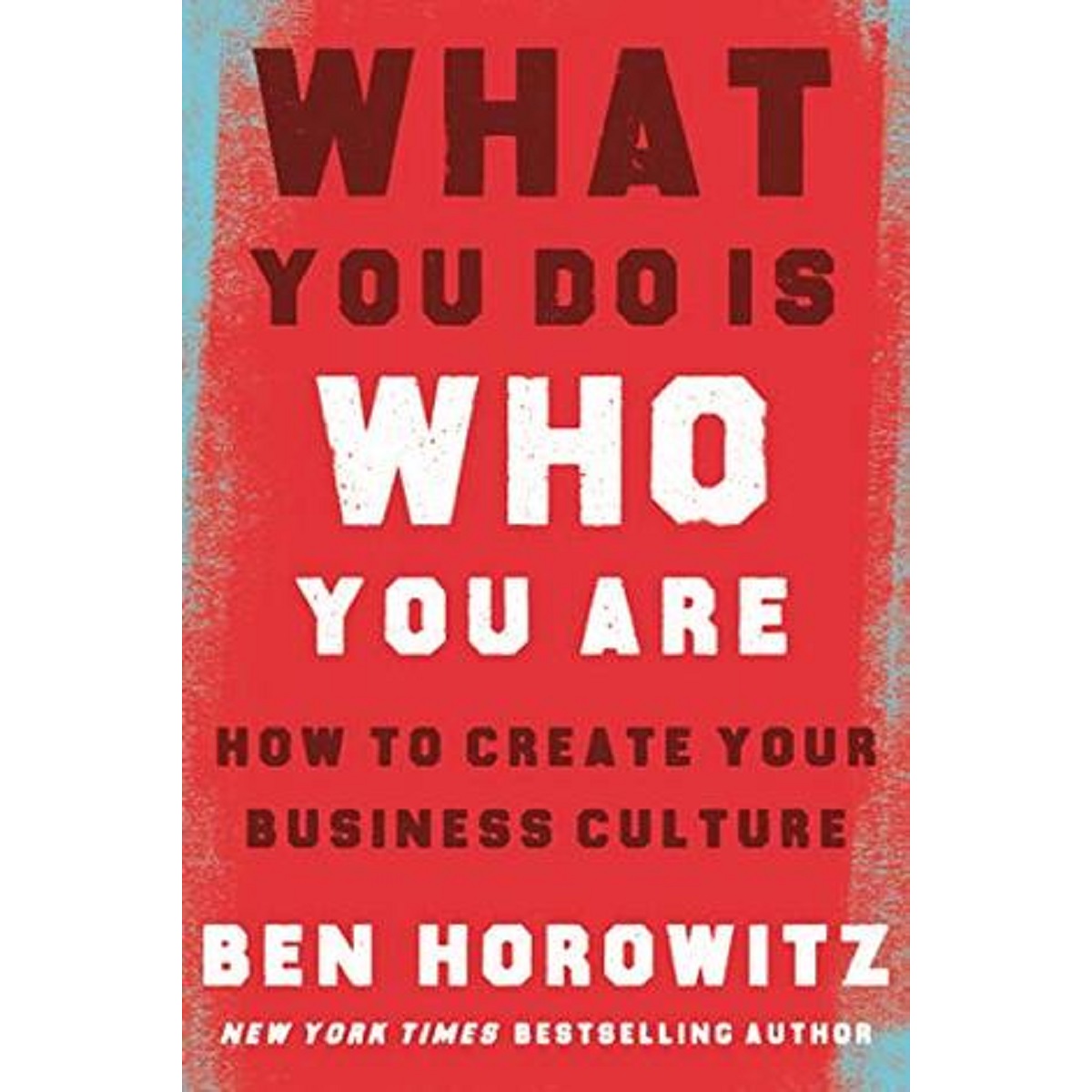
What You Do Is Who You Are by Ben Horowitz
₦4,500Ben Horowitz, a leading venture capitalist, modern management expert, and New York Times bestselling author, combines lessons both from history and from modern organizational practice with practical and often surprising advice to help executives build cultures that can weather both good and bad times.
Ben Horowitz has long been fascinated by history, and particularly by how people behave differently than you’d expect. The time and circumstances in which they were raised often shapes them—yet a few leaders have managed to shape their times. In What You Do Is Who You Are, he turns his attention to a question crucial to every organization: how do you create and sustain the culture you want?
To Horowitz, culture is how a company makes decisions. It is the set of assumptions employees use to resolve everyday problems: should I stay at the Red Roof Inn, or the Four Seasons? Should we discuss the color of this product for five minutes or thirty hours? If culture is not purposeful, it will be an accident or a mistake.
What You Do Is Who You Are explains how to make your culture purposeful by spotlighting four models of leadership and culture-building—the leader of the only successful slave revolt, Haiti’s Toussaint Louverture; the Samurai, who ruled Japan for seven hundred years and shaped modern Japanese culture; Genghis Khan, who built the world’s largest empire; and Shaka Senghor, a man convicted of murder who ran the most formidable prison gang in the yard and ultimately transformed prison culture.
Horowitz connects these leadership examples to modern case-studies, including how Louverture’s cultural techniques were applied (or should have been) by Reed Hastings at Netflix, Travis Kalanick at Uber, and Hillary Clinton, and how Genghis Khan’s vision of cultural inclusiveness has parallels in the work of Don Thompson, the first African-American CEO of McDonalds, and of Maggie Wilderotter, the CEO who led Frontier Communications. Horowitz then offers guidance to help any company understand its own strategy and build a successful culture.
What You Do Is Who You Are is a journey through culture, from ancient to modern. Along the way, it answers a question fundamental to any organization: who are we? How do people talk about us when we’re not around? How do we treat our customers? Are we there for people in a pinch? Can we be trusted?
Who you are is not the values you list on the wall. It’s not what you say in company-wide meeting. It’s not your marketing campaign. It’s not even what you believe. Who you are is what you do. This book aims to help you do the things you need to become the kind of leader you want to be—and others want to follow.
-
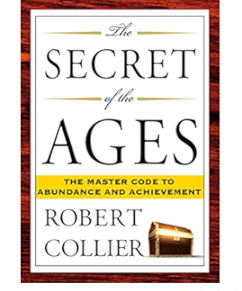
The Secret Of The Ages
₦5,000Joining the ranks of Tarcher’s runaway editions of Think and Grow Rich by Napoleon Hill, Public Speaking for Success by Dale Carnegie, and The Science of Getting Rich by Wallace D. Wattles, here are three landmark guides to a life of prosperity-now restored to print in beautiful, signature volumes.
– Newly discovered by fans of The Secret, the metaphysical writer Wallace D. Wattles distills the rules of real power and personal achievement in his slender, immensely practical The Science of Being Great-the companion work to The Science of Getting Rich.
– Publisher Robert Collier taught millions of people how to achieve more, attain more, and live more-all by tapping the incredible faculties of the human mind. His leading book, The Secret of the Ages, is available once again in its authoritative, revised edition.
– Businessman Charles F. Haanel made a meticulous study of the “Law of Attraction” in The Master Key System-a step-by-step guide to activating the principle of mental power and a core inspiration behind The Secret.
Each of these volumes features reset and redesigned interiors, rough-front pages, and elegant French flaps, and is published at an affordable price.
Here are the cornerstone works of self-development-perfect for today’s generation of readers.
-
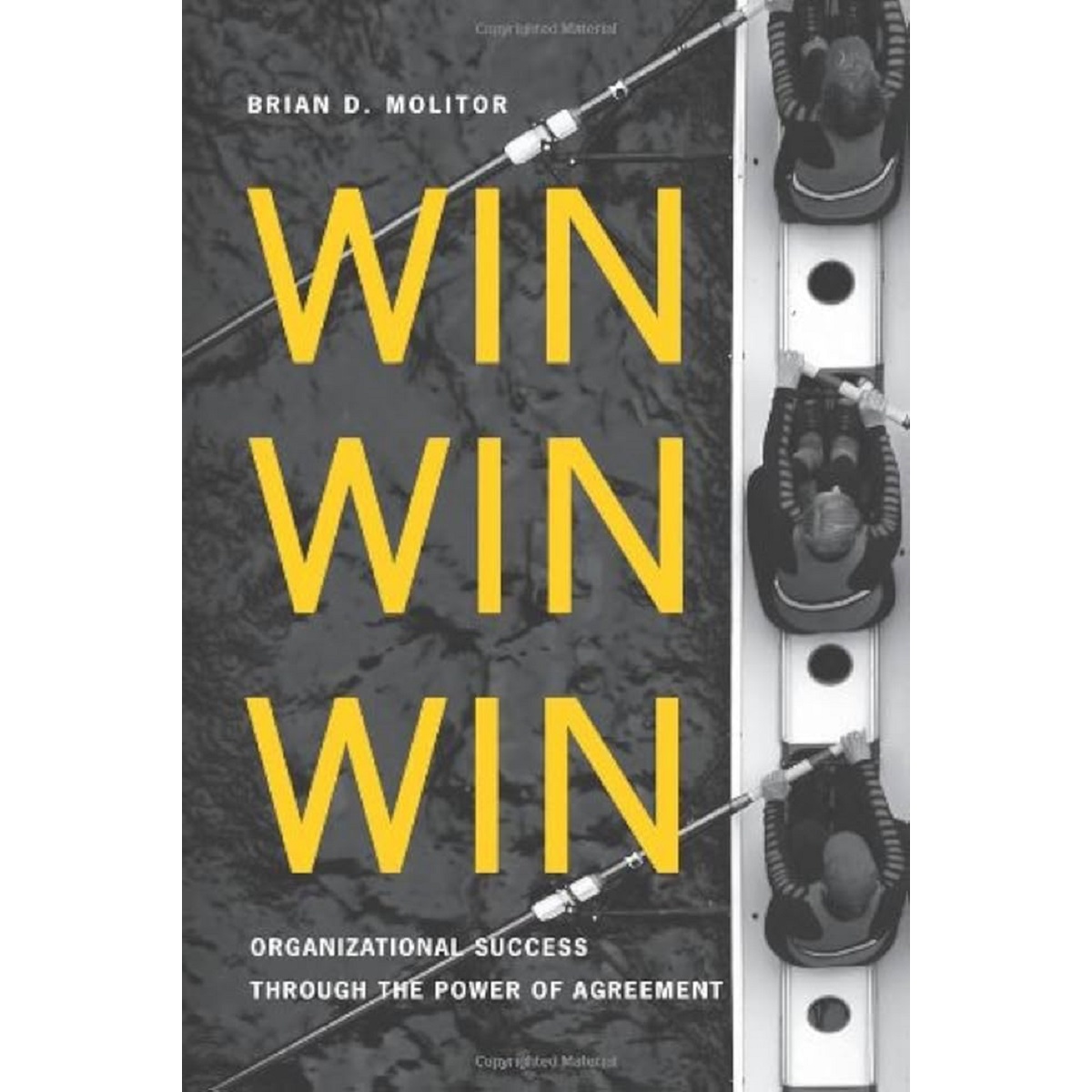
Win Win Win by Brian D. Molitor
₦4,000Throughout the world, good organizations have learned to seek win/win outcomes. However, in the near future, the great organizations will be those that go one step further. When managers and employees agree to work together this generates goodwill, increased communication and greater productivity creating a win/win situation. But the benefits certainly don’t stop there. These positives spill over and are “caught” by fellow workers. Morale increases. Job security increases. Customers receive better products or service. All involved achieve success and satisfaction creating a win/win . . . win situation. In this book, readers will learn how to analyze their respective organizations, obtain commitment to shared vision and values and set the course for a better future. Then, they will learn how to develop appropriate leadership for the conditions at hand. Once the leaders are leading, they will learn how to get others to effectively follow and build true teamwork throughout their organization. Leaders will also learn the secrets to solving any problem, how to make decisions quickly and accurately and how to implement action plans that work. Whether applied to a business, hospital, city government or family, the principles and lessons in “Win Win Win” will set the course for a better future.
-
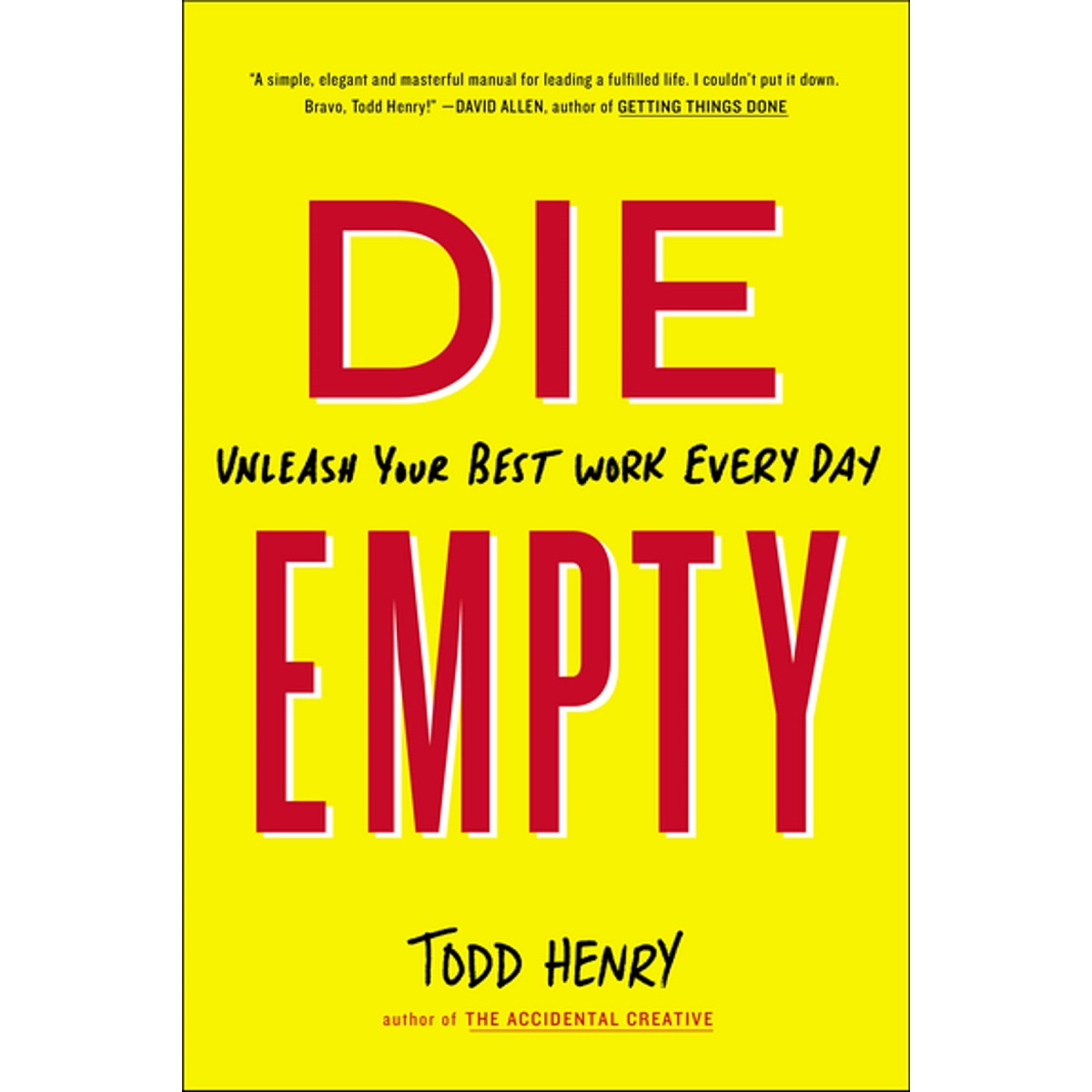
Die Empty: Unleash Your Best Work Every Day
₦2,500Synopsis
Most of us live with the stubborn idea that we’ll always have tomorrow. But sooner or later all of our tomorrows will run out. Each day that you postpone the hard work and succumb to the clutter that chokes creativity, discipline, and innovation will result in a net deficit to the world, to your company, and to yourself. Die Empty is a tool for individuals and companies that aren’t willing to put off their best work. Todd Henry explains the forces that keep people in stagnation and introduces a three-part process for tapping into your passion: Excavate: Find the bedrock of your work to discover what drives you. Cultivate: Learn how to develop the curiosity, humility, and persistence that save you from getting stuck in ruts. Resonate: Learn how your unique brilliance can inspire others. Henry shows how to find and sustain your passion and curiosity, even in tough times.

